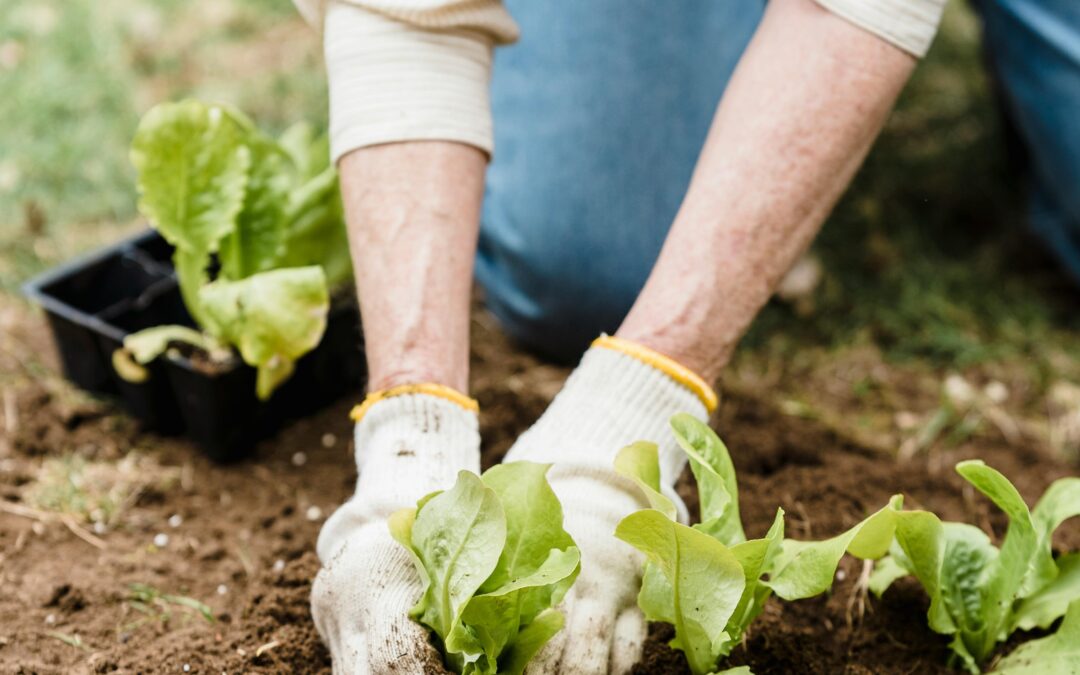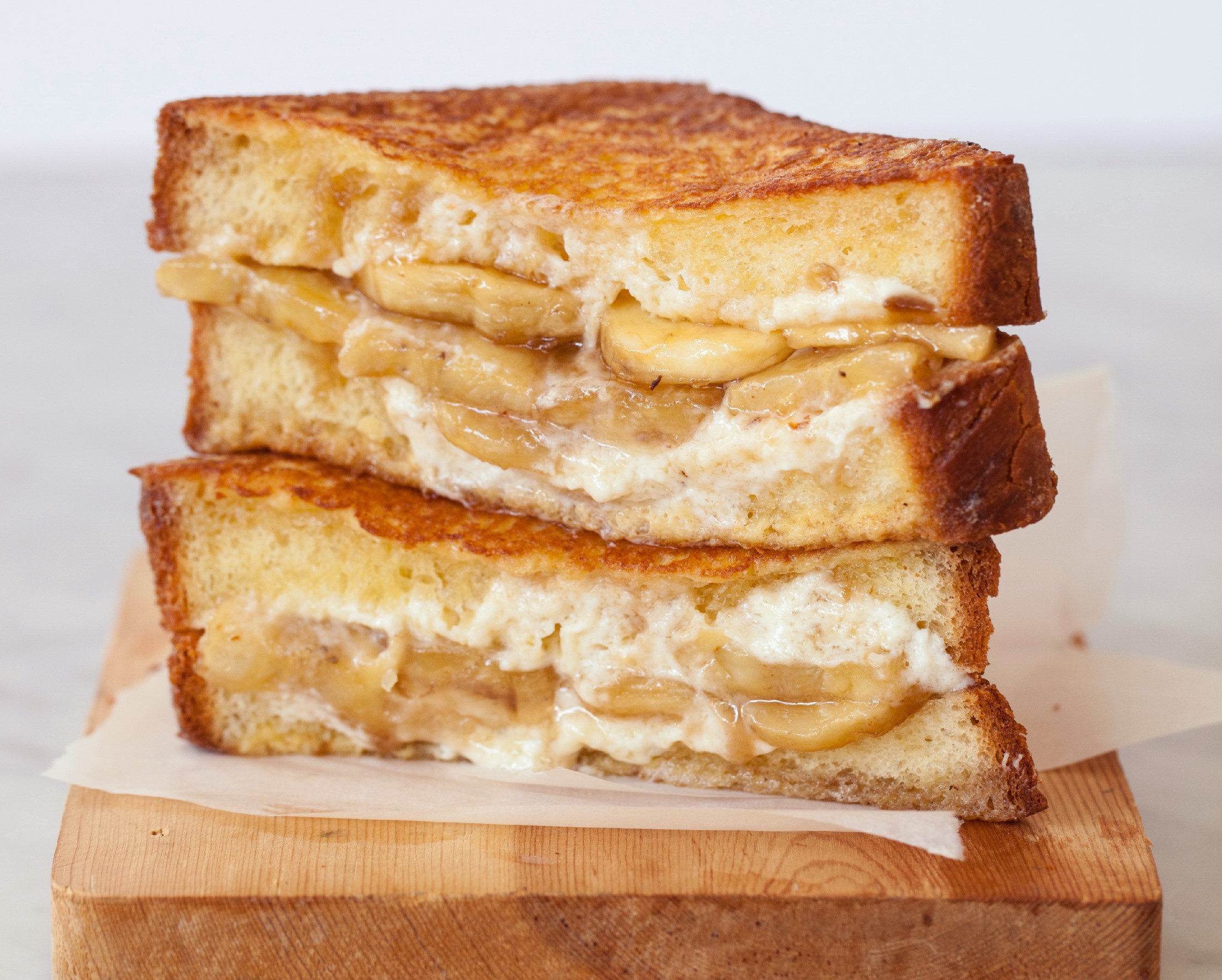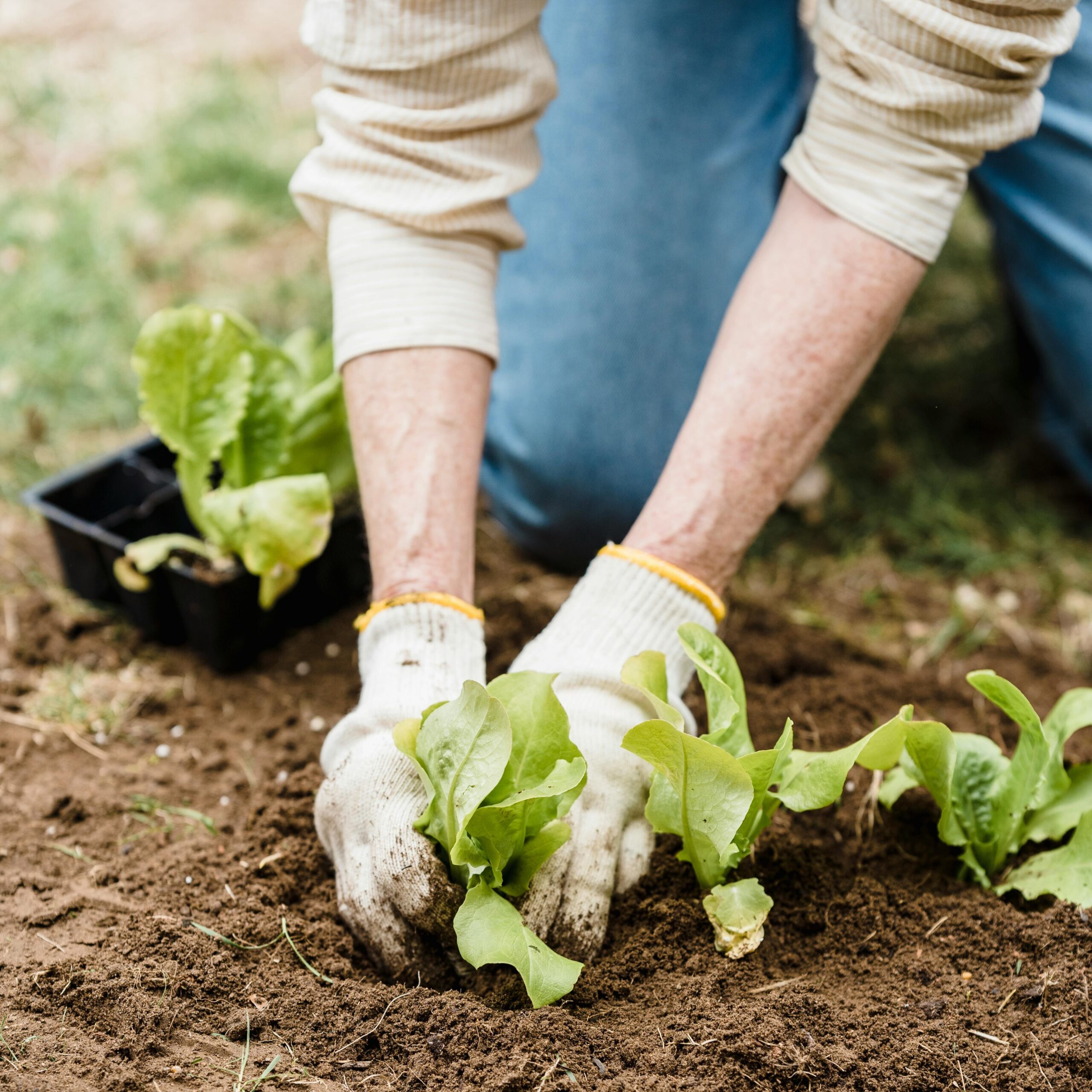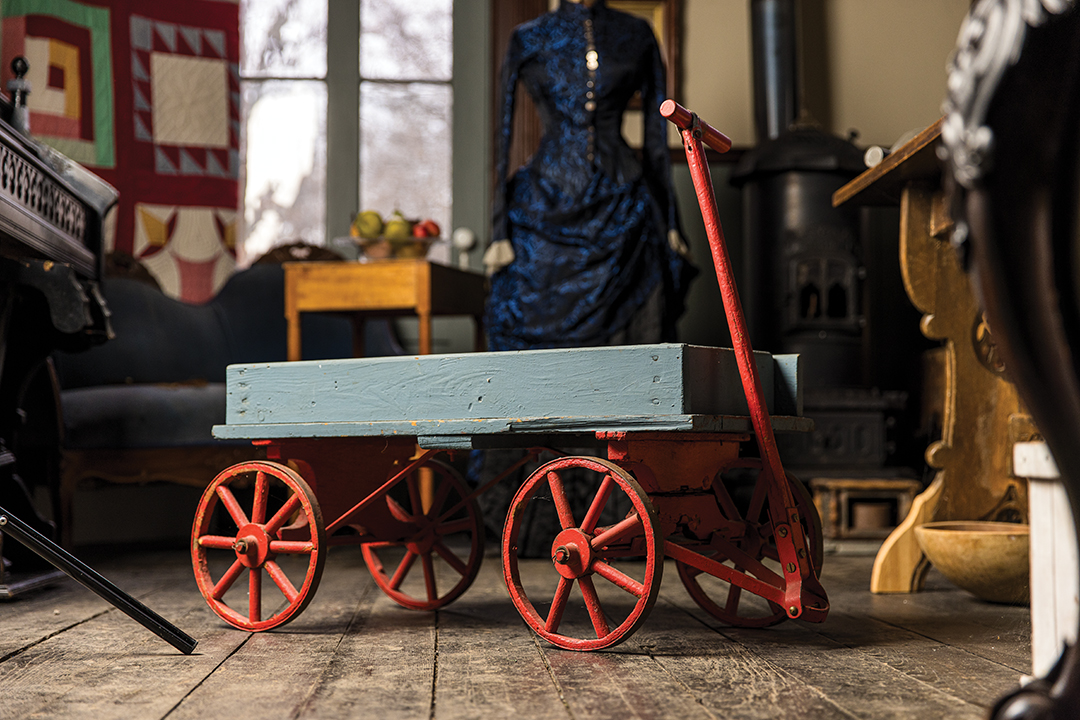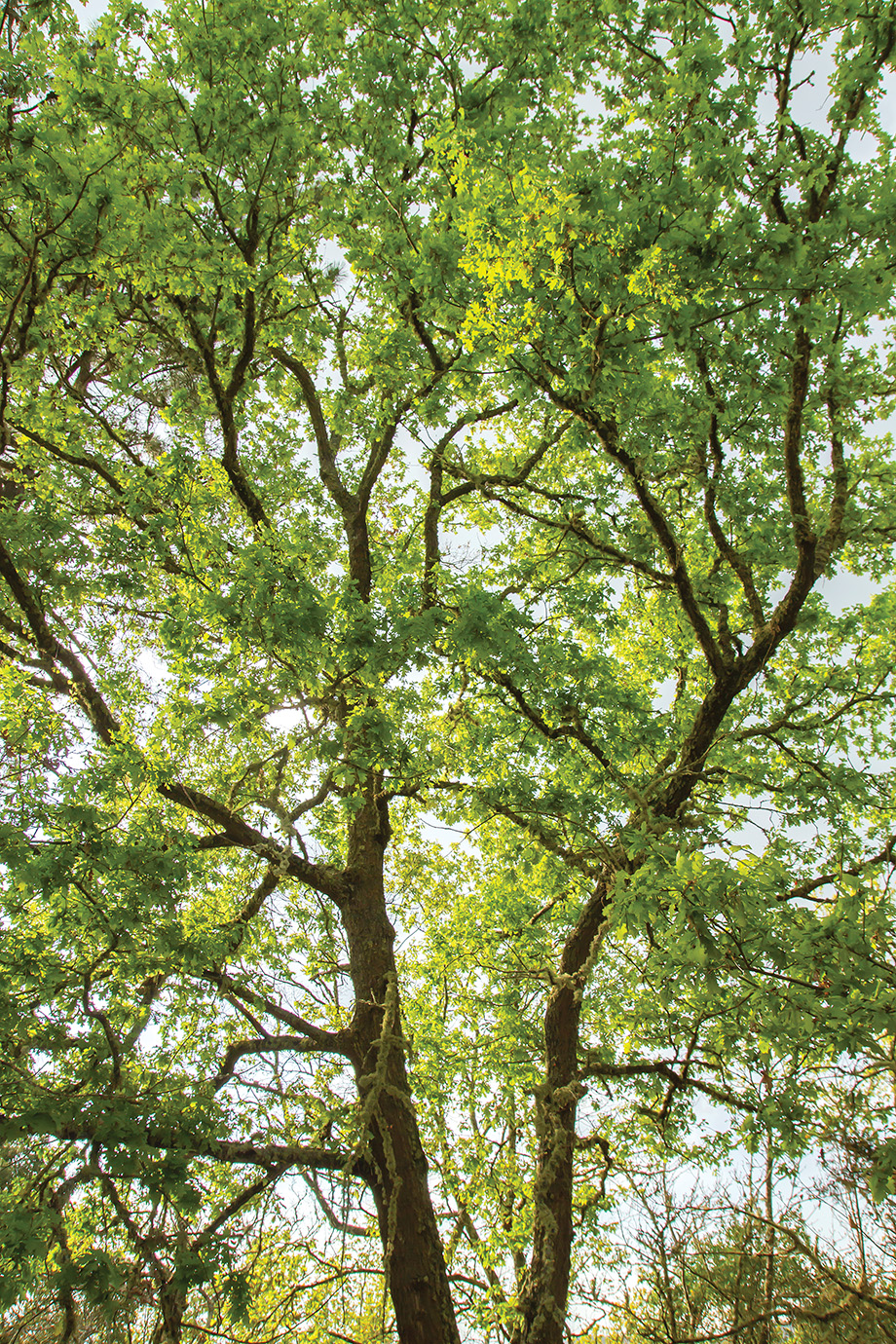
iStock/jessicahyde
Remember: Not all trees are created equal. Some native species (keystone plants) out preform the rest in benefiting the environment. Native insects and animals have evolved alongside these plants for thousands of years.
Did you know that 96 percent of terrestrial birds rely on keystone species to host the insects they survive upon? Which tree crowns the list? The mighty oak. Hosting up to 436 species of caterpillars, bur oak trees and other varieties are the pride of our region. It produces acorns, a source of food for over 100 mammals.
There are other smaller trees on the list of keystone plants, including American plum, black cherry and chokecherry, which can be grown as an understory plant in wooded areas. Reaching up to 35 feet, these varieties are excellent in the ecosystem. Like oak trees, these trees host many butterflies and moths, a total of 340 caterpillars. This is important when you consider chickadees need 6,000 to 9,000 caterpillars to feed one nesting clutch each spring.
River birch, cottonwood and sugar maple trees are additional keystone plants, though this list is not exhaustive. Regardless of the variety you choose, keep new trees well-watered as they take root joining the greater ecosystem.
Alison Feik of Excelsior has a degree in landscape architecture and holds a wealth of knowledge about local plants and gardening. Grow more at beingstronginnature.com.
Much of the inspiration for this article arrived via the work of Doug Tallamy, a professor of entomology at the University of Delaware. He is the author or four books, including Nature’s Best Hope and The Nature of Oaks. Visit homegrownnationalpark.org to learn more.

